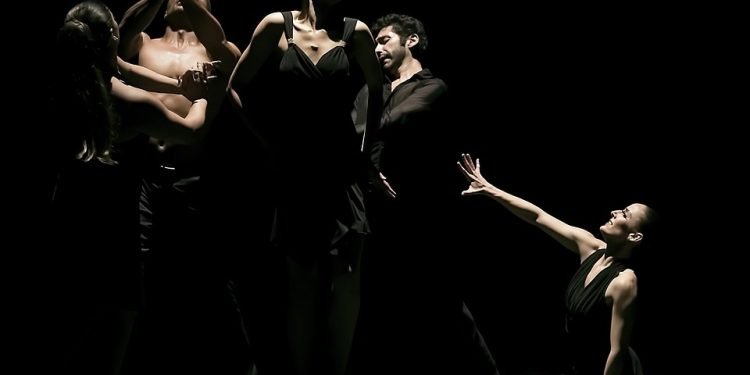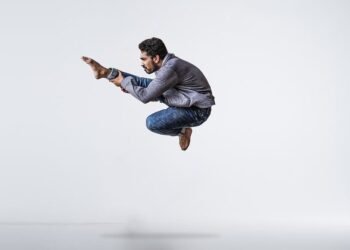Dance has long been a powerful form of expression that transcends cultural boundaries and unites communities around the world. From traditional folk dances to contemporary choreography, the art form has the ability to break down cultural stereotypes and bring people together. In recent years, the global dance community has expanded its reach, showcasing the diversity of different cultures and driving positive social change.
One way in which dance defies cultural stereotypes is by showcasing the rich tapestry of different cultures around the world. Traditional dances from different countries and regions offer a glimpse into the unique customs, histories, and values of various communities. Through dance, performers and audiences alike are able to gain a deeper understanding and appreciation for the cultural diversity that exists in our world.
Furthermore, dance has the power to challenge stereotypes and misconceptions. By showcasing diverse styles and movements, dancers can challenge preconceived notions about certain cultures and promote a more inclusive and open-minded society. For example, the popularization of traditional African dance styles in modern choreography has helped to combat negative stereotypes about the continent and its people.
In addition to breaking down cultural stereotypes, dance has the ability to unite communities and promote social cohesion. Whether it’s through group performances, dance workshops, or community events, dance brings people together in a unique and powerful way. In many cases, dance serves as a common language that enables individuals from different backgrounds to connect and communicate with one another, fostering a sense of unity and understanding.
The impact of dance in breaking boundaries and uniting communities can be seen in various initiatives and projects around the world. From dance festivals that celebrate diversity to community dance programs that promote social inclusion, the art form has the potential to drive positive social change. For example, in some conflict-affected areas, dance has been used as a tool for reconciliation and peacebuilding, bringing together individuals from opposing groups to work towards a common goal.
In conclusion, dance has the extraordinary ability to break down cultural stereotypes and unite communities. Through its diverse styles and movements, dance showcases the richness of different cultures and challenges misconceptions. Moreover, the art form serves as a powerful tool for bringing people together, promoting social cohesion, and driving positive social change. As the global dance community continues to grow, so too does its impact in breaking boundaries and uniting communities.








Discussion about this post